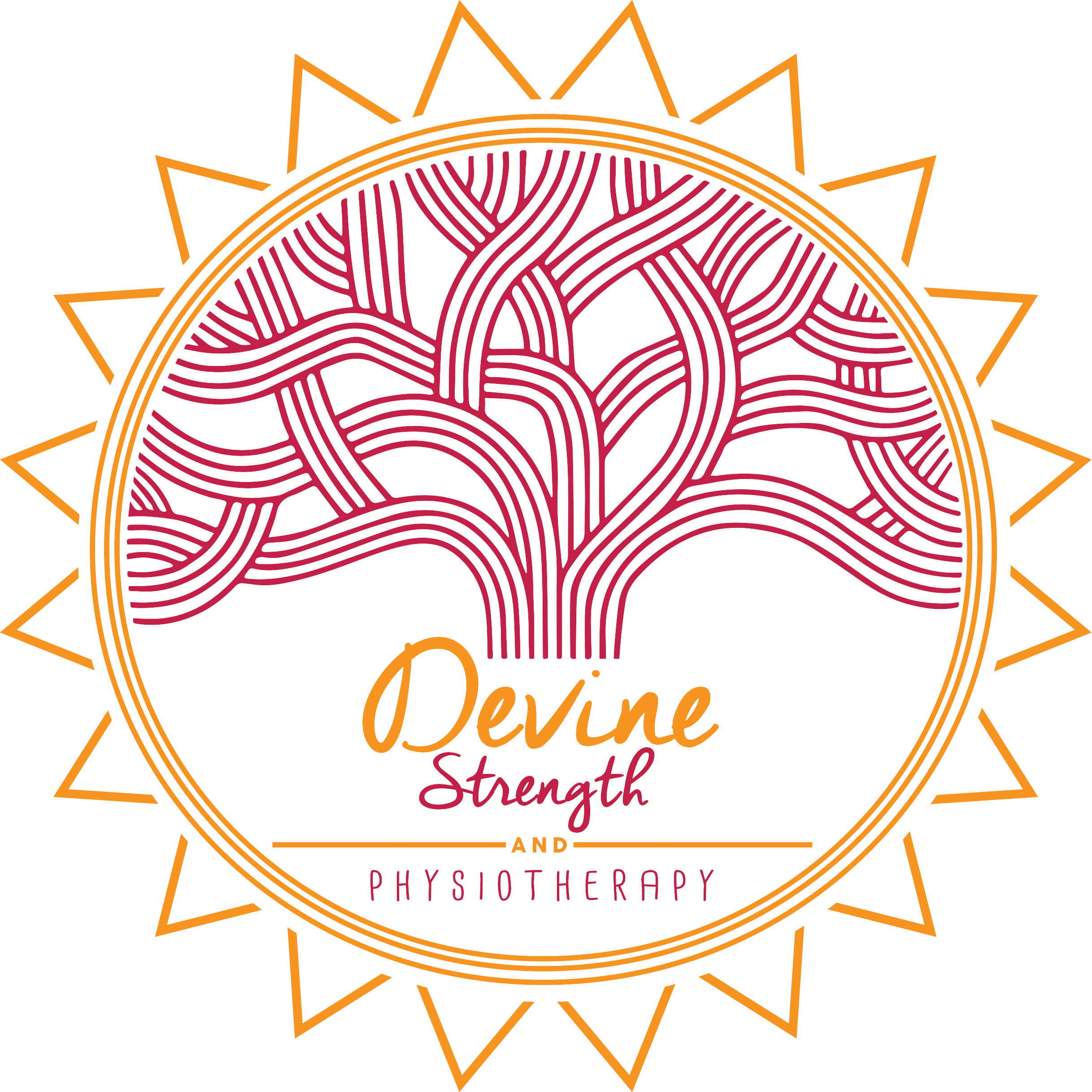We may have chatted a bit about the Sympathetic Nervous system vs. the parasympathetic nervous system in clinic. These 2 systems are part of the ANS.
The Autonomic Nervous System (ANS) is one of the most important systems in the human body for health and well being. Its processes have vast effects on your internal systems and can affect general health both short term and long term. On top of general health, the ANS is linked more closely with performance. Let’s look at the ANS and how it influences our health, vitality, performance and ability to handle life’s stresses both chronically and acutely.
What Is The Autonomic Nervous System Exactly?
The ANS is not to be confused with the Central Nervous System (CNS). The CNS is responsible for all movement and function from an active/conscious standpoint. The CNS activates when you want to accomplish certain tasks and have a certain amount of conscious control. The CNS is responsible for creating muscle action.
The ANS, on the other hand, is responsible for autonomic processes in the human body that require no conscious control–things like breathing, heartbeat, and digestion etc. You don’t have to think about doing these things, they happen automatically without you thinking about it. Of course with breathing, you can choose to alter how you breathe, but regardless, your body will get oxygen without your thought. We’ll get more into breathing later on.
The ANS has 2 branches: Sympathetic Nervous System and Parasympathetic Nervous System.
The sympathetic state is our stress response, which most people refer to as “fight or flight.” The stress response is meant to prioritize short-term survival by making energy more readily available, increasing blood pressure, heart rate, adrenaline, etc.

Image 1. The continual flux of the nervous system is highly regulated, but the responses are also connected to both the environment and capacity of the individual.
The parasympathetic state is our relaxed state, which most people refer to as “rest and digest.” This state is intent on long-term survival and prioritizes recovery, digestion, and relaxation.
Chronic Stress and the Autonomic System
What’s remarkable about the ANS is that its activation has long-standing effects on our overall health and well being. When you’re stressed, the sympathetic system kicks on and creates a cascade of stress responses like raised blood pressure and heart rate, reduced saliva, increased adrenaline, and more. Your body senses something difficult or stressful and piles on the effects to help you combat them. From an evolutionary perspective, this would mean the risk of danger or death. It’s what makes the sympathetic system interesting.
Research has shown now that there is a correlation between many chronic diseases and a person’s history of stressful events. Someone who has activated their sympathetic system for a long time develops chronic diseases from the repeated stress response during that time.
If something causes stress, physically or mentally, the body always responds the same way. Spending a lifetime in the sympathetic state is a dangerous place to be. It will hinder recovery and lead to a shorter lifespan not to mention decreased quality of life. And yet we wouldn’t want to turn off the mechanism, it protects us, keeps us alive. The stress response influences the body for short-term performance and survival.
So how do we balance the body’s response?
The more patients I work with the more I see the need for us all to understand the ANS, to stimulate the parasympathetic response and drive healing and recovery.. The parasympathetic system prioritizes long-term health and shifts focus to recovery and relaxation. Things that get turned off to focus on survival (sympathetic) reactivate when we focus on relaxation (parasympathetic).
Chronic Considerations of Parasympathetic Activation
Although it’s possible to become overly parasympathetic, I don’t think our readers and patients will have this issue. For the most part, we lack chronic activation of the parasympathetic system. As a society, we constantly put our bodies into a stressful state. For this reason, it’s more important to educate our patients about the mechanisms necessary for parasympathetic activation. For those who need tools to activate the parasympathetic system, I offer some strategies toward the end of this article.
Even though it is autonomic, there are many ways we can influence the parasympathetic state. Too often, I hear people discussing stress in a general sense, and I’m frustrated by how misleading the conversations are. Most people believe stress and relaxation are out of their control, or the things they believe to be stress relievers actually are not.
Yes, stress happens, but if you want to relax, then you should actively try to put your body in a relaxed state. Research has shown that there are several ways to influence the ANS. As an example, this study shows how stretching after exercise can drive parasympathetic activity. Without stretching, sympathetic activity would be elevated at this point. This why a cool down period to transition your body is critical.
Acute ANS Responses
With an acute threat, the body prioritizes necessary acute responses over long-term processes (increased blood flow for delivery of nutrients and oxygen over digestion).
In an ideal world, we’d flash into the sympathetic state to use its performance-enhancing processes and then go back to parasympathetic quickly to allow for recovery and lessen the damage of the long-term stress response.
Methods to Modulate or Train your ANS
Instead of simply sharing educational information, I think it’s important to have actionable items to improve your parasympathetic state.
Here are some common ways to influence and activate the ANS.

Deep BreathingOne of the simplest and most common solutions is deep diaphragmatic breathing. It is alarming to me how many patients upon first beginning PT with me are unable to take a full diaphragmatic breaths. Slow deep breaths into your diaphragm signals to your body that you’re in a relatively safe space and helps kick on the parasympathetic system. Deep breathing also gets the diaphragm working which lightly massages our organs allowing for improved ease of digestion and other physiological responses. Consider implementing deep breathing a few times a day to calm nerves and aid recovery. If you fit one in early in the day, your diaphragm should be humming along nicely. I mention deep breathing first because it’s part of many of the other parasympathetic interventions.
MeditationMeditation has slowly become more common and mainstream. Practicing meditation no longer holds the stigma of being a hippie; now it’s associated with mindfulness and self-reflection as research has shown how much it facilitates our brains productivity and improved quality of life. Spending some quiet time alone trying to be mindful really can help relax the body. Deep diaphragmatic breathing is often used during this practice, so the parasympathetic response will be there. If you’re frustrated by your attempts to meditate then having someone teach and guide you in critical. See more info below.
Stretching and/or YogaAlthough some people are in the habit of stretching post workout, there are still many who gloss over it or just don’t do it. If you take your time while stretching, you can also tie in deep breathing which will greatly improve your parasympathetic response. I’ll include Yoga in this category, although it’s a unique blend of mindfulness, stretching, and breathing.
Float TanksFloat tanks have gained popularity lately. The concept is simple–a tank is filled with close to 1000lb of Epsom salts and closed off from sight and sound. The salt and water temperature make the body feel weightless and also eliminate feeling on the skin. The sensory deprivation helps keep the nervous system from being active. The only way to stop yourself from processing information is to stop the information from coming in.
Music TherapyIf you’re into music, this study showed a parasympathetic response to music. Consider spending some time relaxing with your favorite music or playing it while you nap. Perhaps incorporate deep breathing, and stretching to give yourself some real recovery time.
Power NappingNapping is one of the most underrated interventions. Napping can help both the ANS and CNS to recuperate. Considering many people don’t get enough sleep at night, this could be a great place to start. Practice working your way into your nap with some guided breathing to maximize relaxation. Nothing replaces a good night sleep though! Meditation have shown to improve insomnia 
There are many other ways to deal with stress and drive recovery but hopefully you find a tool to begin right now!
Closing Thoughts on the Autonomic Nervous System
Creating a parasympathetic environment should be fairly easy and straightforward, but if you feel like you’re unsure where to start…
I am actually hosting a FREE breath practice and meditation workshop this
Friday at 5-6pm at Devine Strength.
I am a volunteer for a non-profit organization Art of Living, who’s mission is to have a stress and violence free world. I took their flagship course “The Happiness Program” last April and it changed my mediation game, for sure. It has been the most practical means I have found to modulate or train my parasympathetic nervous system every day.
In our workshop this Friday, we will be learning about the benefits of group collective meditation, going through guided breath practices and meditation.
Hope you can join us!
Yours in Health & Healing,
Dr. Devin
P.S. If you’re unable to join us Friday, no worries. We at Art of Living Eugene have a few more free workshops coming up this summer at Natural Grocers at 3 pm on these dates: 6/29, 7/20, 7/27.
Our next scheduled “Happiness Program” is August 2-4, 2019. Denise will be joining us from the Bay area. She teaches meditation at Kaiser Permanente and with Art of Living for 20+ years. Hope to see you there! visit artofliving.org to learn more and register.

